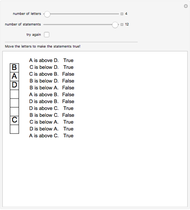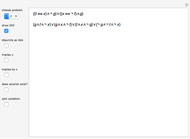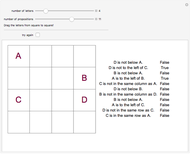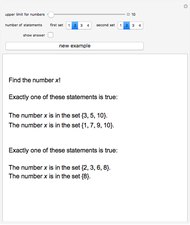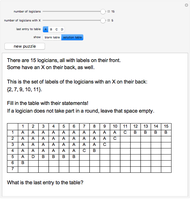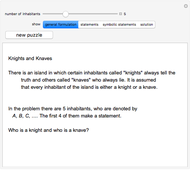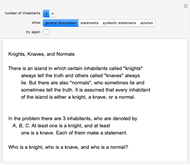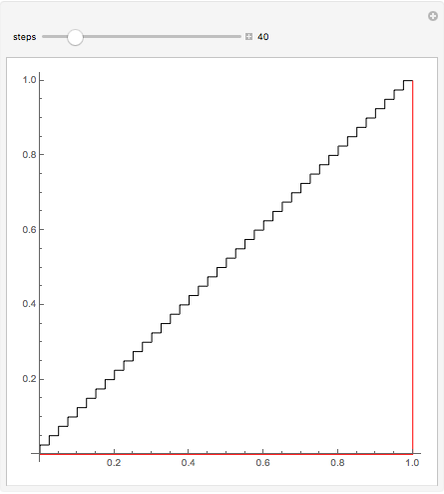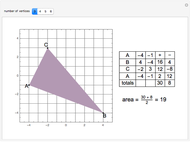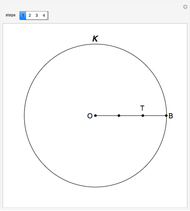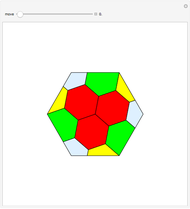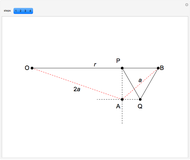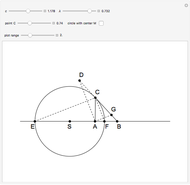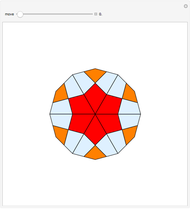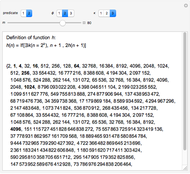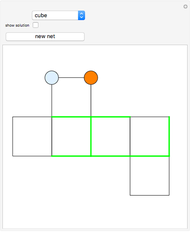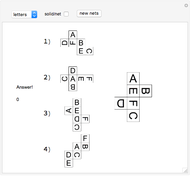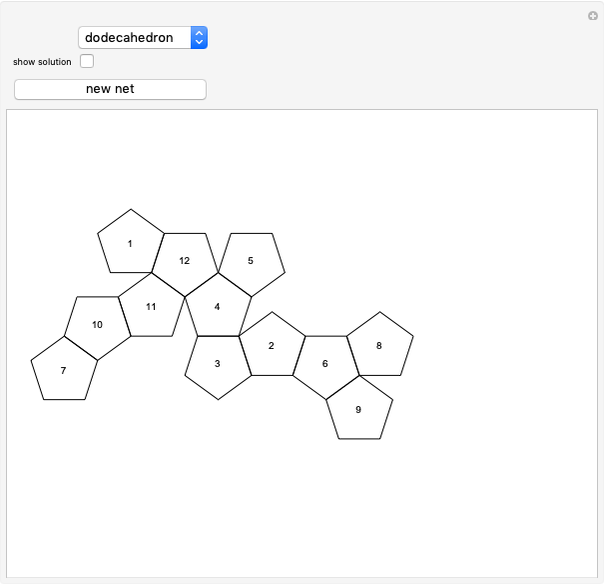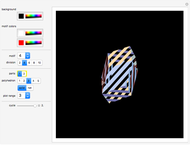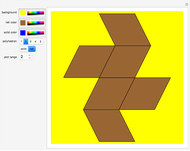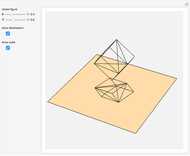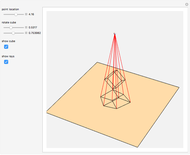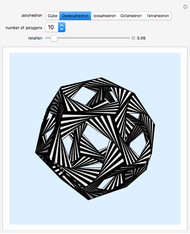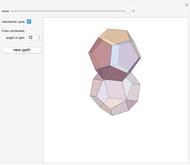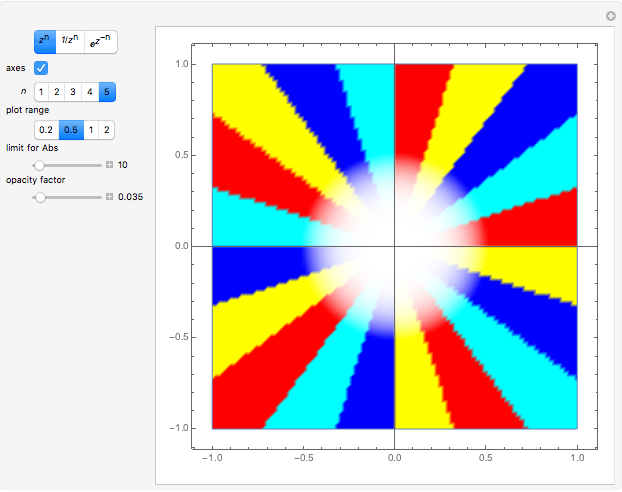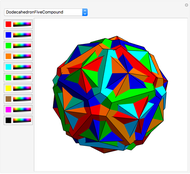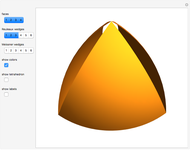Solving Logic Puzzles with Binary Trees

Requires a Wolfram Notebook System
Interact on desktop, mobile and cloud with the free Wolfram Player or other Wolfram Language products.
This Demonstration uses a binary tree representation of Boolean functions with two to four arguments to solve simple propositional logic puzzles.
Contributed by: Izidor Hafner (September 2016)
Open content licensed under CC BY-NC-SA
Snapshots
Details
This Demonstration uses the setting of the "knights and knaves" logic puzzles. These puzzles pertain to an island in which some natives called "knights" always tell the truth and others called "knaves" always lie. Assume that every inhabitant of the island is either a knight or a knave.
If an inhabitant  makes a statement
makes a statement  , then we may conclude that
, then we may conclude that  is a knight if and only if
is a knight if and only if  is true. Such a fact is symbolically represented by
is true. Such a fact is symbolically represented by  .
.
Suppose there are three inhabitants  ,
,  ,
,  , and the first two make the following claims:
, and the first two make the following claims:
 :
:  is a knight and
is a knight and  is a knave.
is a knave.
 : I am a knave and
: I am a knave and  is a knave.
is a knave.
Symbolically we may express the example as:  .
.
If  (
( is a knight), then
is a knight), then  is a knave, because knights tell the truth and
is a knave, because knights tell the truth and  said he was a knave. This is a contradiction, so
said he was a knave. This is a contradiction, so  is a knave. Therefore, choose a tree with
is a knave. Therefore, choose a tree with  and
and  as the first nodes from the root. We seek a solution only on the right side of the tree. But from
as the first nodes from the root. We seek a solution only on the right side of the tree. But from  's statement,
's statement,  must be a knight, and from
must be a knight, and from  's statement it follows that
's statement it follows that  is a knave.
is a knave.
References
[1] R. Audi, ed., The Cambridge Dictionary of Philosophy, Cambridge: Cambridge University Press, 1995 pp. 780–782.
[2] L. Borkowski, Elementy logiki formalnej (Elements of Formal Logic, in Polish), 3rd ed., Warsaw: Wyd, 1976.
[3] L. Carroll, Symbolic Logic and the Game of Logic, New York: Dover, 1958.
[4] I. M. Copi and C. Cohen, Introduction to Logic, 9th ed., New York: Macmillan, 1994 pp. 214–218.
[5] M. Gardner, Logic Machines, Diagrams and Boolean Algebra, New York: Dover Publications, 1968.
Permanent Citation










